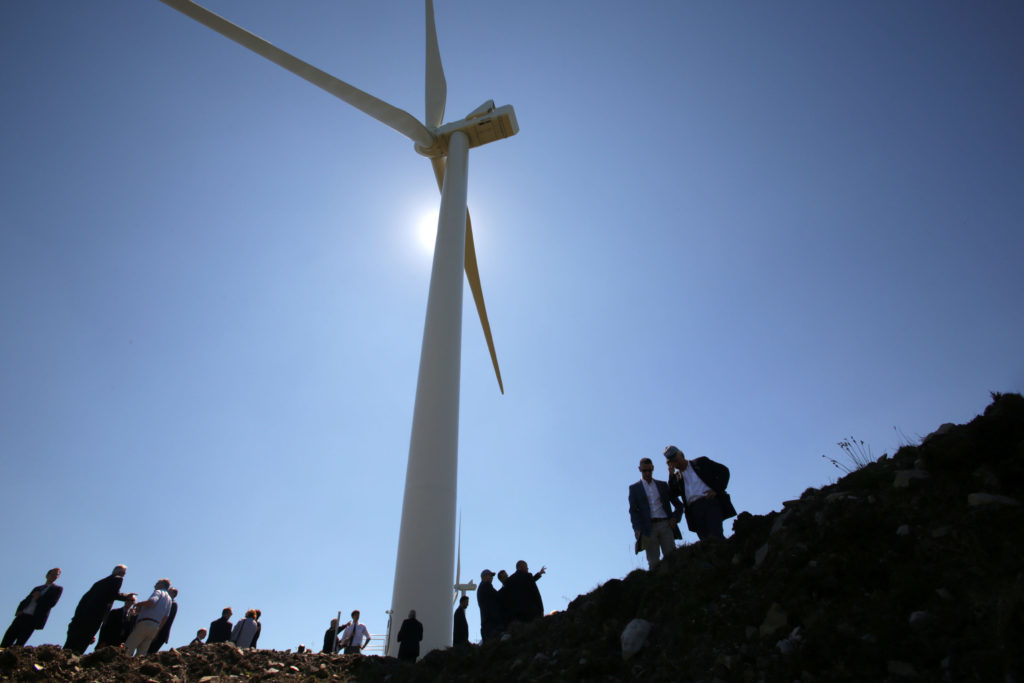
The community energy sector in the UK has had a difficult time in recent years. 2018 saw continued reductions in the Feed-in Tariffs, and then in December 2018 the UK Government announced the closure of the Feed-in Tariff scheme to new applications from 31 March 2019.
EIS and SEIS tax reliefs were withdrawn at the end of 2015, and there is still no Social Investment Tax Relief for investors in community energy projects.
When combined with a restrictive planning environment (notably in England), these challenges have had a significantly negative effect on the community energy sector, particularly in 2018 and 2019.
However, all may not be “doom and gloom” for the future of community energy.
In August 2019, challenger supplier Octopus Energy and Midcounties Co-operative, owner of Co-op Energy, agreed a deal to create a new strategic energy partnership.
As part of the partnership, the two organisations are creating a joint venture to develop the community-generated energy market in the UK.
The joint venture is to invest in projects, provide practical support to community groups and increase the volume of energy purchased from community schemes.
Co-op Energy is currently the UK’s largest buyer of community-generated energy.
The big question is whether the Octopus deal represents the start of a trend of investment by energy companies in the community energy sector.
There are certainly reasons for optimism about the sector’s future.
The trend towards distributed generation and a smarter, more flexible, energy network suggests the opportunity for community energy projects to play a greater role.
Linked with this is the fact that community energy is no longer just about generation, as recent schemes have also involved energy efficiency programmes, electric vehicles and energy storage.
In addition there is an increasing demand from consumers to purchase “green” energy, and a trend towards the public wanting greater involvement both at local level and to tackle climate change.
However, there is no doubt that these are challenging times for the community energy sector.
In its June 2019 report on the state of the sector, Community Energy England (“CEE”) stated that 69% of respondents to its survey felt negatively about the sector’s prospects.
It also reported that 42% of community energy organisations stated that they had a stalled or failed project, with the overwhelming majority of these being energy generation projects.
In 2018 just 7.9 MW of new community energy capacity was installed, compared with 33.5 MW in 2017.
There does remain optimism in the sector, with the CEE 2019 report stating that 72% of the organisations surveyed plan to continue with their energy activities in 2019.
Central government is being lobbied by the CEE and other participants in the sector to come up with further support for community energy, including a reinstatement of Social Investment Tax Relief.
There are also other players in the market, such as Bristol Energy, who buy increasingly from community energy providers, and make this a feature of their business. The demand from consumers for 100% green electricity is growing.
It is certainly possible that we will see other investments along the lines of the Octopus/Co-op venture in due course.
There will be many people watching with interest how the deal works out for Octopus, and whether a real benefit is felt by the community energy sector.
Recommended for you
